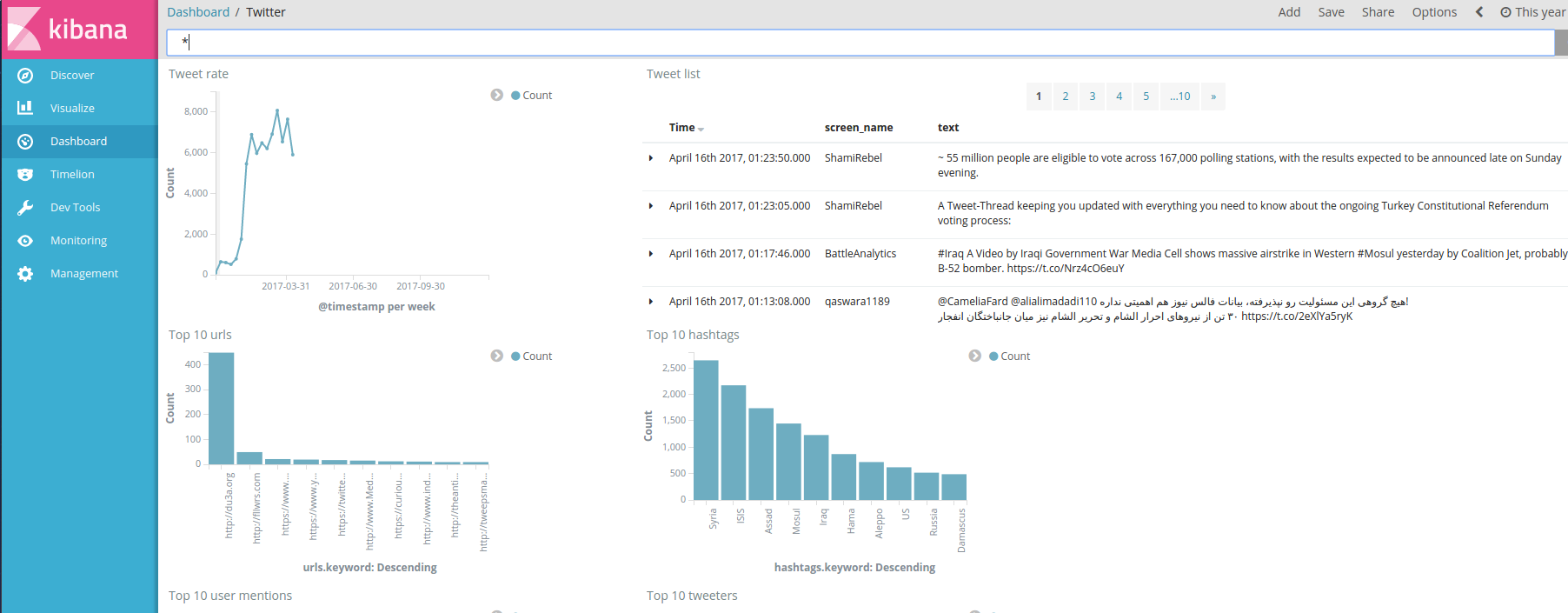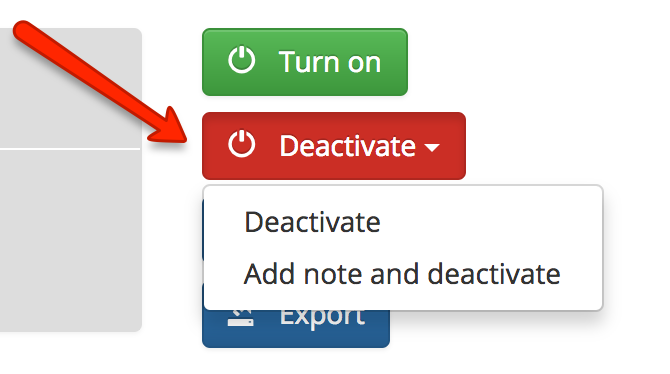Coinciding with the one year anniversary of version 1.0, the SFM team released version 1.9, the penultimate release under our grant from the National Historical Publications & Records Commission. For those of you keeping track, that has been 10 releases in the past year.
In this release, there are two significant changes to which I want to draw your attention. First, we’ve done a complete refresh of SFM ELK. SFM ELK is an implementation of the Elastic Stack – ElasticSearch, Logstash, and Kibana – that has been customized for exploring social media data collected with SFM.


SFM ELK has been upgraded to the latest and greatest version of the Elastic Stack and now uses the official Docker containers. To learn more about SFM ELK, see the documentation. In the next release, we’ll be enhancing the visualizations available for weibos, as part of our grant from the Council for East Asian Libraries.
As the number of social media collections created by faculty, students, librarians, and the SFM team has grown, it has become evident that additional support for managing collections is necessary. This motivated the second significant change – the ability to mark a collection as inactive. Marking a collection as inactive indicates that collecting is complete – think our 2016 U.S. election collection.

Inactive collections will be removed from some of the lists in SFM UI and will not appear in the harvest status emails. Of course, the data from inactive collections can still be exported and a collection can always be flipped back to active.
Thanks to Liuqing Li from Virginia Tech for reporting a defect in Twitter geocode searching – it’s fixed in this release.
As SFM has been heavily used at GW over the last year, some of the lists in SFM UI have gotten, well, unwieldy (and by unwieldy, I mean painful for the user). Especially problematic are long seed lists – some of our lists of Twitter user timelines have thousands of seeds. In the next release (our last release under this grant), we’ll be focusing on improving these aspects of the user experience.